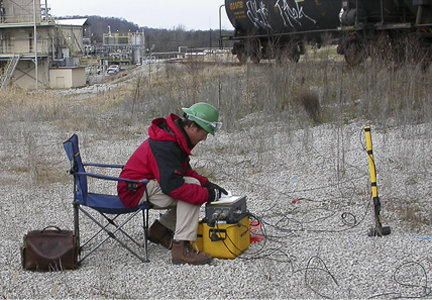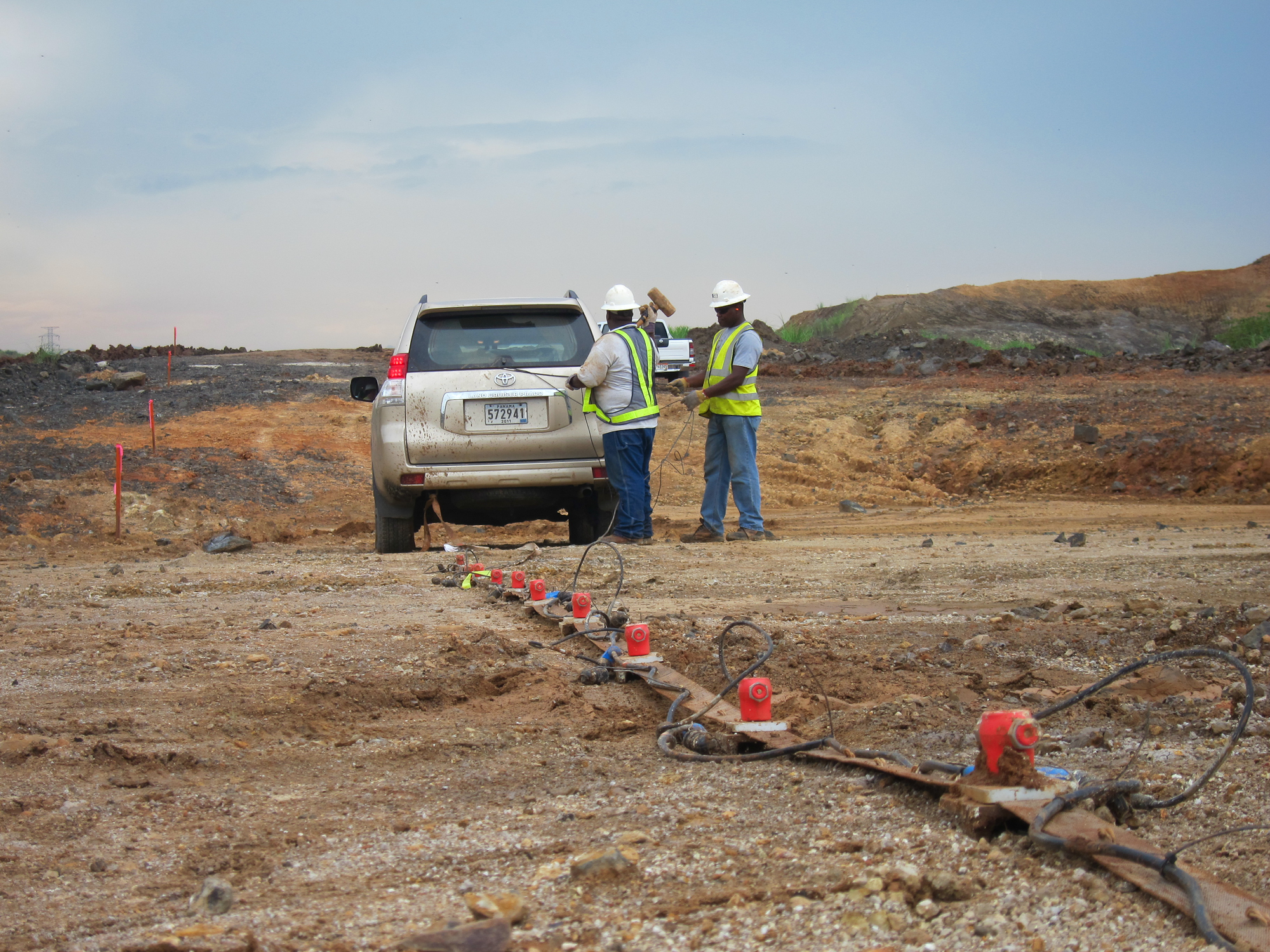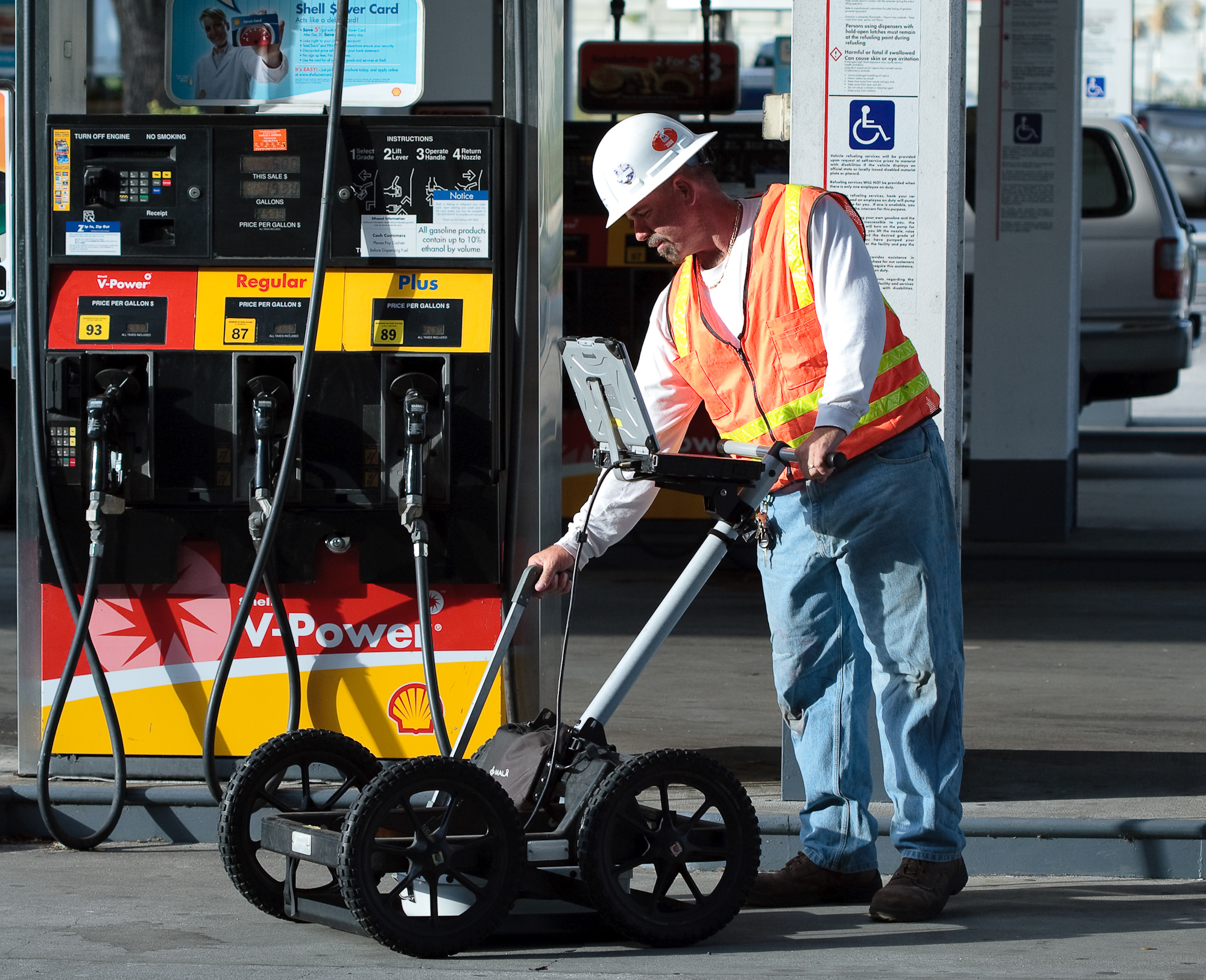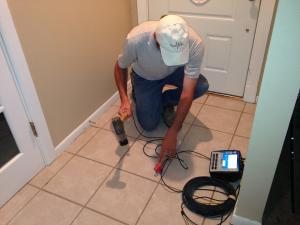Slab Impulse Response

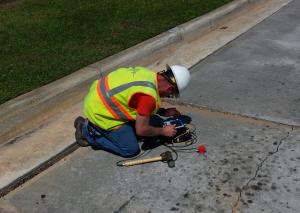 The Slab Impulse Response (SIR) system is designed to identify subgrade voids below on-grade concrete slabs that are less than two feet thick. The SIR method cannot identify the actual depth or thickness of possible voids, but can determine the lateral extent. The SIR method can also be used on other concrete structures to quickly locate areas with delaminations or voids in the concrete. SIR can be performed on reinforced and non-reinforced concrete slabs as well as asphalt or asphalt-overlay slabs.
The Slab Impulse Response (SIR) system is designed to identify subgrade voids below on-grade concrete slabs that are less than two feet thick. The SIR method cannot identify the actual depth or thickness of possible voids, but can determine the lateral extent. The SIR method can also be used on other concrete structures to quickly locate areas with delaminations or voids in the concrete. SIR can be performed on reinforced and non-reinforced concrete slabs as well as asphalt or asphalt-overlay slabs.
During testing, a vibration transducer is mounted to the surface of the slab adjacent to the impact location and generally 3-4 inches away. The impulse hammer has a built-in load cell with a plastic head to measure the force of the impact. The vibration response of the concrete to the impact is measured with the velocity transducer. A Fast Fourier Transform (FFT) Transfer Function is applied to the time domain data to produce the mobility plots in frequency domain. Low and comparatively smooth mobility is an indicator of good subgrade support conditions. Irregular and higher amplitude mobility indicates a less stiff slab-subgrade support system, indicating poor (void) support conditions. Collecting SIR data at multiple, densely spaced locations can improve the conclusions by mapping relative areas of higher and lower mobility.

